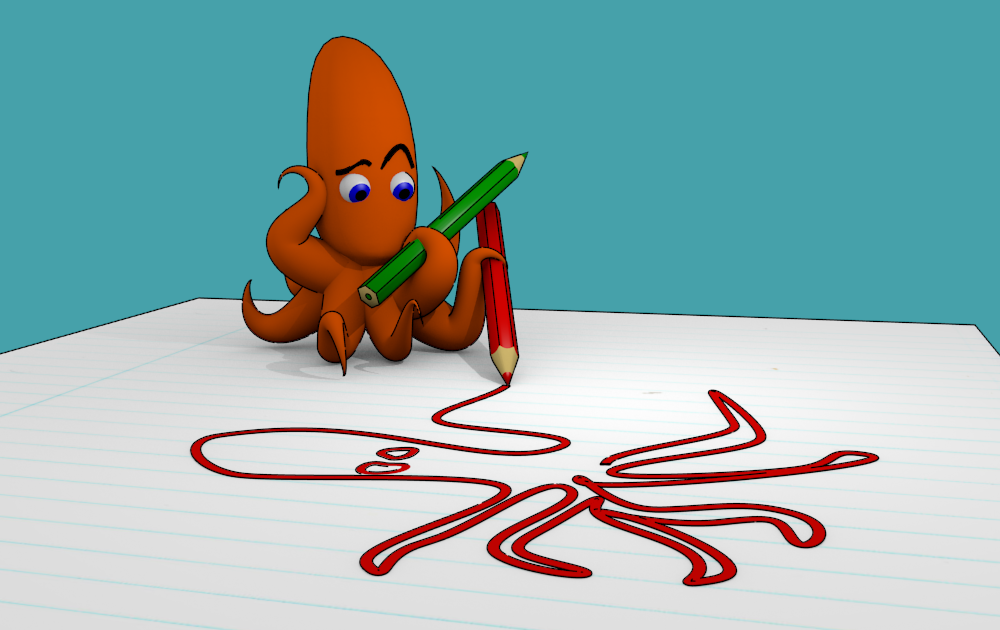- 37 Posts
- 39 Comments

 5·21 days ago
5·21 days agoThank you! The actual act of drawing so many closely spaced parallel lines is somewhere between Zen meditation and the sheer terror of bomb disposal. One false move…

 5·21 days ago
5·21 days agoThanks! I like these little snapshots of people’s lives.

 8·21 days ago
8·21 days agoWhat a lovely thing to say! Thank you, that’s my day made.
This is where I come for all my goat content.

 3·28 days ago
3·28 days agoAnd so much fun to do!
Why thank you!

 21·6 months ago
21·6 months agoNo disagreements here! What you’re doing here is recognising that the waste incurred from storage is less of a problem than the waste incurred through Transportation, or Waiting for resupply. In this case, inventory is waste worth doing. Any workshop needs to keep SOME spare parts, every house needs to have SOME food in the freezer. But that doesn’t mean it’s not a kind of waste to store stuff – a fact people acknowledge when they choose not to rent a warehouse to store even more.
What I’m saying is that it’s a trade-off. In fact it’s a pretty bland statement, obvious when you think about it, but putting it into words like this can be helpful when making processes more efficient.

 61·6 months ago
61·6 months agoIt’s an idea from Lean management. Everything you need to keep, prevents you from keeping something else; requires you to remember where it is, where you could be remembering something else; takes longer to move when you have to move it; takes longer to organise than having less would. It poses fire hazards that having nothing wouldn’t pose. Blocks light that having nothing wouldn’t block. Keeping stuff is inherently wasteful.
None of this is to say that keeping stuff is bad. It may be very useful to keep it. But you should always recognise that doing so incurs a cost that you need to trade off against its usefulness.
While we’re on it, inventory is one of the eight kinds of waste identified in Lean. They are:
- Transportation
- Inventory
- Motion
- Waiting
- Overproduction
- Overprocessing
- Defects
- Skills (misuse of)
Remember TIM WOODS.
All of this is meant for running a factory, but I’ve found a lot of them useful in other bits of life, especially the idea that Inventory is a form of waste.

 58·6 months ago
58·6 months agoInventory is waste.

 2·6 months ago
2·6 months agoHow was the Graeber? I loved Bullshit Jobs.
This is poetry.
My favourite part is that he uses the modulo operator in his Python script to generate the C code.

 101·7 months ago
101·7 months agoThis… sounds kinda awesome.

 7·7 months ago
7·7 months agoAt last, something achievable.

 1·7 months ago
1·7 months agoBut I was hoping to be done with all that…

 3·7 months ago
3·7 months agoHis book is THE best book on statistics I’ve ever read. Thoroughly recommended.
And just like that, a rewatch is triggered…

 9·7 months ago
9·7 months agoChristopher Walker confirmed to be playing the Emperor, while Sting will have a surprise cameo role playing himself.

 18·7 months ago
18·7 months agoThe new Dune film.










Thank you! I should upload more of my old portraits…